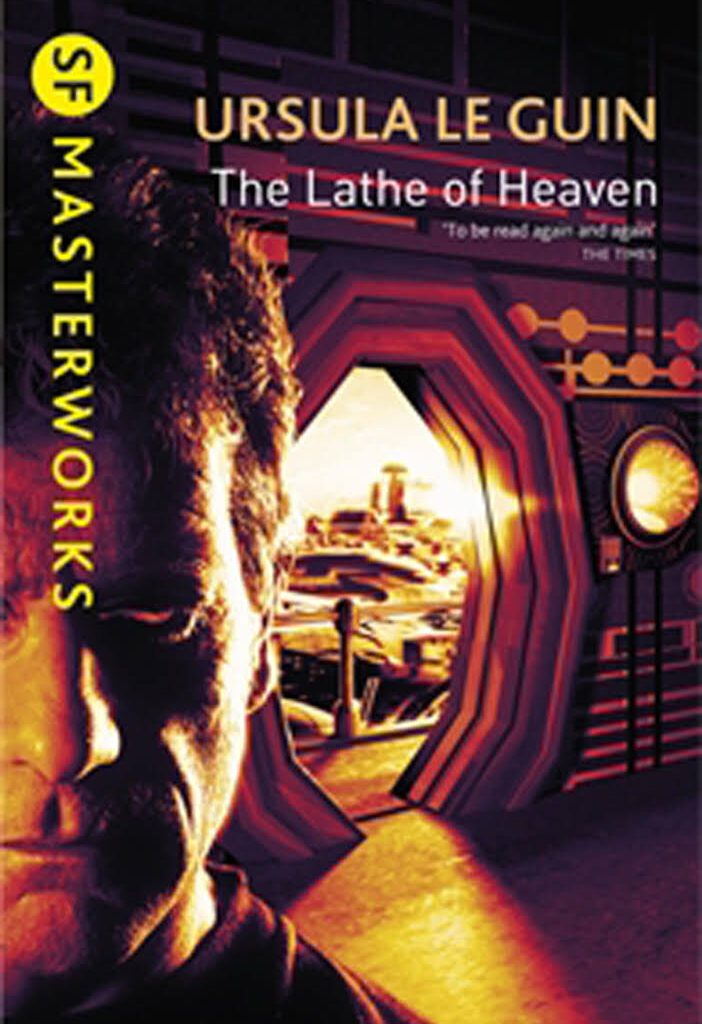
Introduction:
Only a handful of science fiction literary works delve as deeply into human consciousness’s complexities and power’s moral boundaries as Ursula K. Le Guin’s “The Lathe of Heaven.” First published in 1971, this narrative goes beyond mere storytelling; it embarks on a philosophical journey that confronts our perceptions of reality, responsibility, and ethical principles.
Central Characters:
- George Orr – The Unwilling Dreamweaver: George Orr, the protagonist, shoulders the extraordinary weight of a unique ability. His dreams possess the power to alter reality, a gift that also becomes a weighty responsibility. Unlike typical science fiction heroes, Orr is humble and deeply conscious of his actions. He hesitates to wield his powers, fully aware of his dreams’ unpredictable and far-reaching consequences. His introspective nature and ethical struggles form the narrative’s core, immersing readers in his moral dilemmas.
- Dr. William Haber – The Ambitious Beacon of Light: Dr. Haber, a psychiatrist, emerges as the de facto antagonist upon discovering Orr’s unique talent. Initially driven to better the world, Haber’s methods and motivations increasingly blur the distinction between benevolence and megalomania. He embodies the archetype of a visionary whose ambitions remain unchecked by ethical scruples.
Themes that Extend Beyond Temporality:
- The Ethical Deployment of Authority: At the story’s heart lies the inquiry into the judicious application of power, mainly when its repercussions are far-reaching. The novel Beacon of Light, the ethical ramifications of wielding such authority, accentuating the fine line between benevolence and tyranny.
- The Essence of Reality: Le Guin’s exploration of alternative realities challenges the very essence of existence. Each transformation induced by Orr’s dreams begets a novel iteration of reality, compelling characters (and readers) to ponder the distinction between actuality and mutability.
- Environmental and Societal Predicaments: Reflecting the concerns of its era, the novel confronts issues such as overpopulation, global warming, and nuclear warfare. Le Guin’s foresight in these matters renders the book remarkably pertinent even in contemporary times.
Impact and Endowment: “The Lathe of Heaven” has left an indelible imprint on the science fiction genre. Its influence resonates in myriad works that delve into the manipulation of reality and the moral repercussions of such prowess. The adaptation of the novel into television movies in 1980 and 2002 attests to its enduring allure and relevance.
I believe “The Lathe of Heaven” is an Epic masterwork of science fiction. Through the intricate portrayals of George Orr and Dr. William Haber, the narrative encourages readers to meditate on profound questions concerning the essence of reality, the responsibility entwined with authority, and the ethical frontiers of human endeavor. It is a philosophical expedition that resonates with the uncertainties and aspirations of us humans.
Watch the 1980 film https://archive.org/details/the-lathe-of-heaven-1980

Leave a Reply